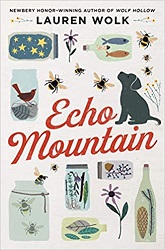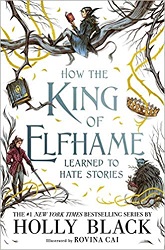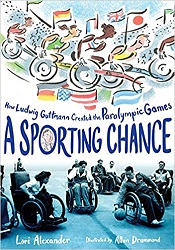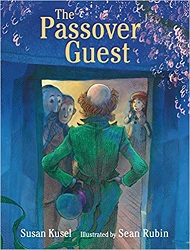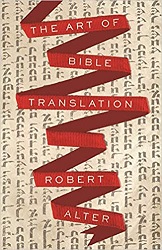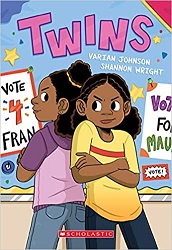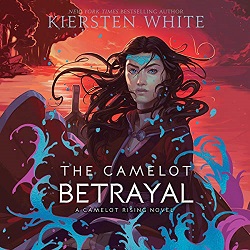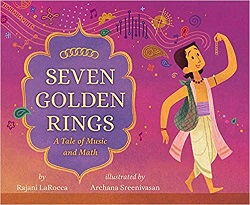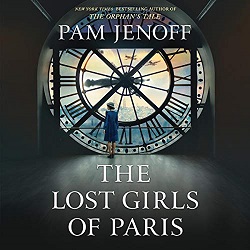Review of Bibliostyle, by Nina Freudenberger
How We Live at Home with Books
by Nina Freudenberger
with Sadie Stein
photographs by Shade Degges
Clarkson Potter Publishers, 2019. 272 pages.
Review written November 28, 2020, from a library book
Starred Review
Here’s a book for book lovers to drool over, a book that makes me feel so much better about my book hoarding habits!
This is a coffee-table book with large, lavish photographs – of other people’s extravagant personal book collections. And between profiles of home libraries, there are interludes with photos of notable book stores.
This volume is written by an interior designer, so the focus does lean toward the look of the home libraries and how they fit into the design of the homes. But she also does talk with the owners and we hear about the types of books that they own and cherish.
The Introduction to this wonderful volume reveals that creating it was a labor of love. Here’s how that page ends:
In choosing our subjects, we were not merely interested in the beautiful and perfectly curated rooms, the most extensive collections, or those shelves filled only with rare first editions – although there’s plenty of beauty on display. This book is not about unattainable libraries, any more than it is about perfectly decorated homes. Rather, it’s about the power of books to tell stories, in both the literal and figurative sense. As we found repeatedly, surrounding yourself with books you love tells the story of your life, your interests, your passions, your values. Your past and your future. Books allow us to escape, and our personal libraries allow us to invent the story of ourselves – and the legacy that we will leave behind.
There’s a famous quote attributed to Cicero: “A room without books is like a body without a soul.” If I suspected this before, I know it now. I hope you’ll find as much pleasure in discovering these worlds as we did.
There’s a wonderful international aspect to this book, with personal collections from places as far flung as Mexico City, Los Angeles, Paris, Lisbon, and Isle of Wight. The features are gathered into sections titled “The Sentimentalists,” “The Intuitives,” “The Arrangers,” “The Professionals,” and “The Collectors” – but what you have consistently are shelves and shelves of books woven into people’s homes and lives. Oh, for a built-in bookshelf like the ones found in these pages!
I began by reading this book slowly – looking at one personal library per day, but there were lots of holds and I had to turn it back in. So the next time it came to me, I was more purposeful about getting through it – but it was still a delight. I may have to purchase my own copy. And the next time I get someone to help me move, I could show them this book and say, “See, my book hoarding could be a lot worse!”
Find this review on Sonderbooks at: www.sonderbooks.com/Nonfiction/bibliostyle.html
Disclosure: I am an Amazon Affiliate, and will earn a small percentage if you order a book on Amazon after clicking through from my site.
Disclaimer: I am a professional librarian, but the views expressed are solely my own, and in no way represent the official views of my employer or of any committee or group of which I am part.
What did you think of this book?

